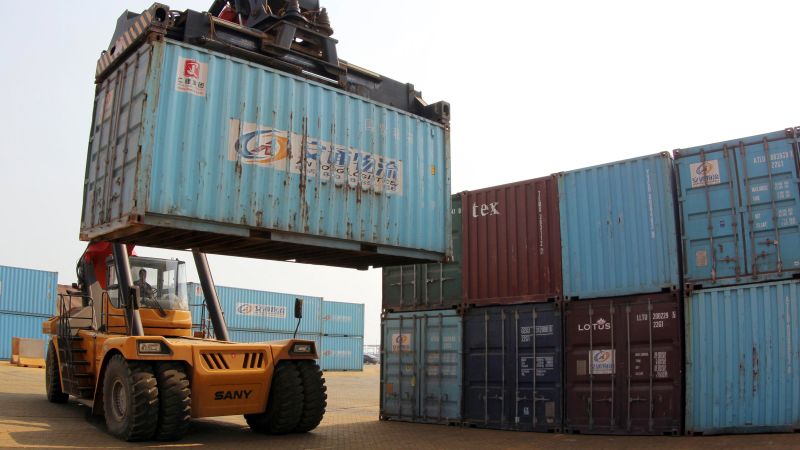
3 charts that help explain how Trump’s tariffs would work
CNN
If former President Donald Trump returns to the White House, tariffs will once again play a major role in his policy agenda.
If former President Donald Trump returns to the White House, tariffs will once again play a major role in his policy agenda. Trump has repeatedly said he plans to impose an across-the-board tariff of either 10% or 20% on every import coming into the US, as well as a tariff upward of 60% on all Chinese imports, in a bid to encourage American manufacturing. “Tariffs are the greatest thing ever invented,” Trump said last month at a town hall event in Michigan. But as with many economic policies, there are trade-offs, and Trump doesn’t talk about the negative effect tariffs could have on US businesses and consumers. He’s also often falsely described how tariffs work. Vice President Kamala Harris has referred to her opponent’s tariff policy as a “Trump Tax.” Several independent studies have found that the new tariffs, if implemented, would raise costs for the average middle-class family, with estimates ranging between $1,350 and $3,900 a year. Here are three charts to help explain the impact of tariffs:





















 Run 3 Space | Play Space Running Game
Run 3 Space | Play Space Running Game Traffic Jam 3D | Online Racing Game
Traffic Jam 3D | Online Racing Game Duck Hunt | Play Old Classic Game
Duck Hunt | Play Old Classic Game











